Stop Feeding Kids These 5 Ingredients
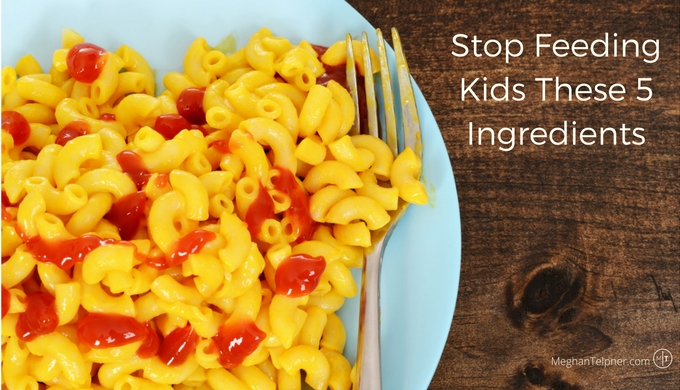
Parents make hundreds of major and minor decisions every day for their children. What we choose to feed our kids falls into the ‘major’ decision category, but this often ends up being left up to ease and convenience. These convenience foods are loaded with a cocktail of chemicals. In small doses they may seem harmless, but they’re cumulative and worth avoiding. If we stop feeding kids these 5 ingredients, ensuring they know why, it can transform the food situation in your home and in their lunchbox. It makes it simple this way.
Effort in this area matters as most convenience foods, especially those targeted at kids, contain chemicals that research has shown interferes with brain and nervous system development, endocrine system development and behaviour.
The challenge is that media is not working in our favour. Our children are susceptible to pressures from big food companies who aggressively market to them and license their favourite storybook and cartoon characters to build brand loyalty. In 2012, fast food restaurants alone spent $4.6 billion on advertising, and children see 4,600 ads on television per year for a cornucopia of foods and drinks. (You can learn more startling facts like this by watching a 15-minute TED Talk by Anna Lappe.)
When you couple the marketing messages with peer pressure from other kids who bring bright neon-coloured foods in their lunch boxes, many kids don’t stand a chance against these toxic ‘foods’ that really aren’t foods at all.
Food companies create products with ingredients that are cheap, easily mass produced and sadly, completely detrimental to our health. In today’s post, I want to walk you through some of the main offenders, why they’re terrible for our kids, where to find them, and what you can do to raise healthy, happy kids.
Monosodium Glutamate (MSG)/Yeast Extract
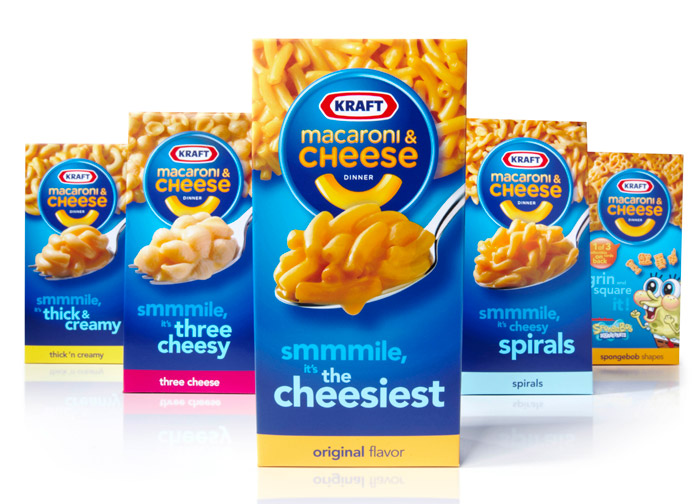
What Is It?
MSG is a flavour enhancer used in foods to provide that ‘umami’ effect. It’s produced by breaking down and changing natural-bound glutamate, an amino acid which the body produces, into free forms of glutamate that are attached to sodium molecules. After that, these free glutamates can enter the bloodstream much faster than bound or natural glutamates.
MSG not only stimulates the nerves on the tongue, but also becomes an ‘excitotoxin’ or neurotoxin that is addictive and produces harmful effects on the brain.
Why is it Toxic?
While glutamate is a naturally-occuring amino acid and neurotransmitter (which is why food producers try to convince us it’s safe), too much of it can interfere with the brain’s normal chemical messengers. Excessive MSG can cause ‘excitotoxicity’, where neurons become so excited and stimulated that they die. As you can imagine, this isn’t an ingredient we want our children with developing brains to consume.
MSG has been linked to a variety of symptoms and issues, including:
- Headaches. In this study, people who consumed MSG for five days experienced headaches and muscle tension within 15 to 50 minutes, leading researchers to concluded that those who eat MSG in their diets are more likely to suffer from headaches and muscle sensitivity.
- IBS and Fibromyalgia. When patients with fibromyalgia and irritable bowel syndrome (IBS) followed a 4-week, MSG-free diet, 84% of those who completed the diet reported that more than a third of their symptoms had resolved. These patients then participated in a double-blind, placebo crossover challenge, which means they were given MSG or a placebo for 3 days each week. At the end of a two-week period, patients reported the MSG brought a return and worsening of symptoms, and decreased their quality of life.
- Genotoxicity. When a substance is genotoxic, it has the ability to damage DNA and cause mutations that could potentially lead to cancer. In this in vitro study on human lymphocyte cells, scientists found that MSG caused DNA damage and deemed it genotoxic to those cells.
- Thyroid Disruption. A study on animals fed MSG for a month discovered that even low doses can disrupt thyroid tissues and affect body weight.
- It’s addictive. The gut-brain axis is now a widely accepted term that describes the intricate connection between the digestive tract and the brain. In a study on rats, researchers found that a gastric infusion of MSG activated several brain areas and the animals began to develop a preference for it.
- Other MSG-induced symptoms might include sweating, nausea, heart palpitations, or numbness.
Where You’ll Find It
The trouble with MSG is it’s not always easy to identify because it’s cloaked in many different names. One of the most common you’ll see on labels is ‘yeast extract’. You can find the many other names for MSG in this post. The most common include:
- Monosodium glutamate
- Yeast Extract
- Flavour Enhancer
- Hydrolyzed Vegetable Protein (HVP)
- Textured Protein
- Hydrolyzed Plant Protein (HPP)
- Autolyzed Yeast
- Vegetable Protein Extract
- Natural flavoring
Common Foods Containing MSG
- Seasoned/flavoured potato chips
- Seasoned/flavoured crackers
- Soup mixes/bouillon (organic and conventional)
- Cooking sauces
- Snack foods (ie. gluten-free pretzels!)
- Salad dressings
- Fast foods
- Deli meats
- Soy products
- Noodles
Food Grade Petroleum/Petrolatum/Mineral Oil
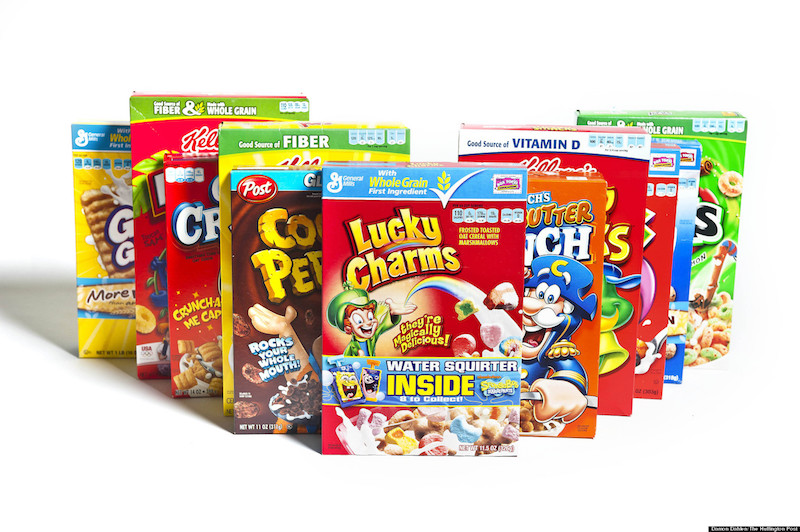
What Is It?
Petroleum or petrolatum, along with mineral oil (yes! this is found in food) is derived from crude oil and then processed into a number of products: gasoline, tar, asphalt, parraffin wax, cosmetics and unfortunately, our food. Due to its slick nature, food grade petroleum is often used as coatings or waxes.
Food colourings and dyes are also derived from petroleum, but we’ll get to those in a moment.
Why is it Toxic?
Food grade petroleum products can affect a variety of our bodily systems.
For example, butylated hydroxytoluene (BHT) is a petroleum-dervied additive found in a wide variety of processed foods, but it’s also used in cosmetics and cleaning products. The David Suzuki Foundation outlines a wide range of effects BHT can have on us. It can potentially damage our livers and kidneys. It can mimic the effects of estrogen and inhibit male sex hormones. And it can promote the growth of tumours.
Tertiary-butyl hydroquinone (TBHQ), another additive that comes from petroleum, has been linked to liver problems and cancer.
Petroleum-derived food dyes are carcinogenic, genotoxic and can cause hypersensitivity, and this journal article recommends they be removed entirely from our food supply.
In this animal study, rats were fed a variety of food-grade, petroleum-derived oils for three months. Test results showed changes in the rats’ liver and lymph nodes, including inflammation and increased organ weights – and the effects were more pronounced in females.
And let’s not forget about the impact of petroleum on the environment. Oil spills, exhaust fumes and acid rain are just a few of the many ways petroleum is destroying the world we live in.
Where You’ll Find It
You can find a full brand list of products here.
Common Foods Containing Food Grade Petroleum/Mineral Oil
- Breakfast cereals
- Snacks
- Crackers
- Candy (especially gummy candies)
- Drinks
- Supplements
- Baked goods
- Brightly-coloured ‘fun’ foods for children
Tartrazine/Yellow 5
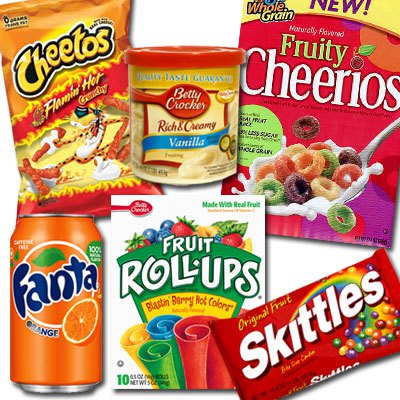
What Is It?
Tartrazine is a synthetic yellow food dye used in foods, drugs, supplements and cosmetics.
Why is it Toxic?
Before I delve into the specific reasons why tartrazine doesn’t support our children’s health, I want to address food dyes in general. These dyes or food colourings, many of which are derived from petroleum, are connected to a variety of health issues that can impact our kids.
Here are a few of my concerns:
- Food dyes are carcinogenic or potentially carcinogenic and genotoxic.
- Food dyes are linked to hyperactivity. This meta-analysis of 15 clinical trials concluded that food colouring has neurological consequences and while they may not always cause hyperactivity, they certainly exacerbate it.
- Food dyes inhibit the growth and development of tissues in the nervous system.
- Feeding kids food dyes can cause hypersensitivity reactions, including allergies, food intolerance or asthma.
- The amount of exposure matters. According to this analysis, “Young children may have a higher dietary exposure to chemicals than adults due to a combination of rapid growth rates and distinct food intake patterns.”
The Centre for Science In the Public Interest published a full report called, ‘Food Dyes: A Rainbow of Risks’. It outlines 9 common food dyes and the research into those additives. If you’re interested in learning more, I highly recommend downloading it. However, I can give you the short version: in a nutshell, the conclusion is food dyes are harmful and should be removed from our food supply. And we definitely don’t want to be feeding kids these compounds.
Now, let’s talk specifically about tartrazine.
In a trial of 3 year-olds and 8-9 year olds, the children were given a cocktail of dyes, including tartrazine, red food colouring and sodium benzoate. These were healthy children with no existing disorders. The findings? The dyes caused hypersensitivity.
Many other studies of tartrazine done on animals conclude that it impacts the liver, can activate the immune system and can negatively affect learning and memory.
Where You’ll Find It
Consult labels for tartrazine or Yellow 5.
Common Foods Containing Tartrazine of Yellow 5
- Tinned noodles
- Cheese flavoured foods
- Junk foods and candy
- Yellow/orange crackers and chips
- Vitamins
- Drinks
- Personal care products
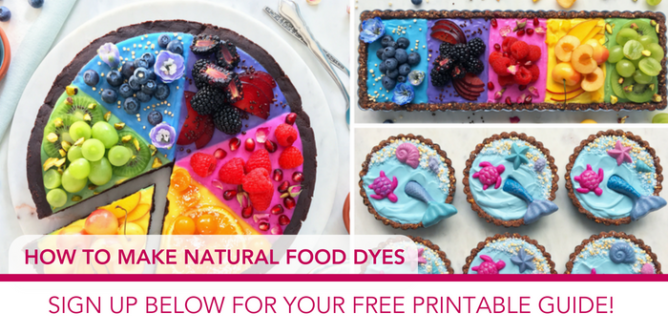
Free Resource Library
Enjoy more than 40 downloadable guides, recipes, and resources.
Red Dye 40
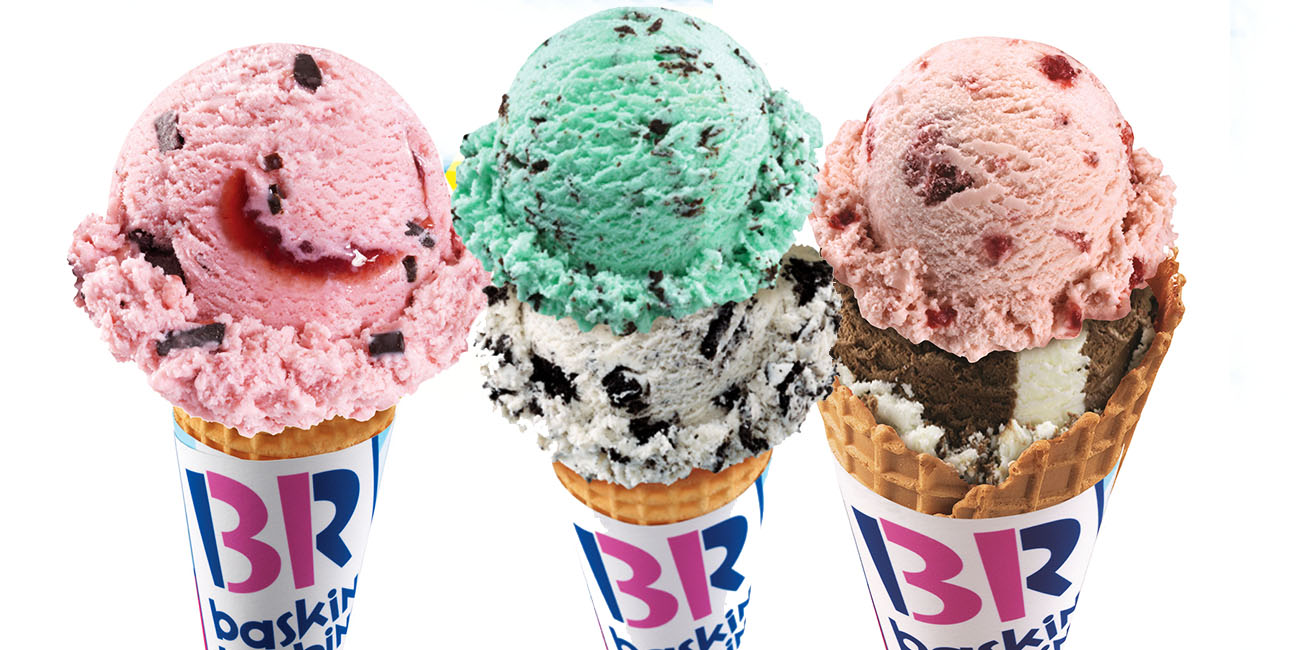
What Is It?
Red dye 40 is the most-used dye. According to Food Dyes: A Rainbow of Risks, “Companies produce the equivalent of about 25 mg of the dye per person per day, with many children probably averaging several times as much.” That’s scary.
Why is it Toxic?
In addition to its carcinogenic properties and the risk of hypersensitivity reactions, Red 40 can also be contaminated with further carcinogens. Other animal studies have linked Red 40 to physical and developmental toxicity and DNA damage.
Where You’ll Find It
You may see it listed as Red 40, FD & C Red 40 or Allura Red. You can grab a list of foods with Red 40 here.
Common Foods Containing Red 40
- Drinks
- Candy
- Cereals
- Baked goods
- Desserts
- Yogurts
- Condiments
- Snack foods
High Fructose Corn Syrup (HFCS)
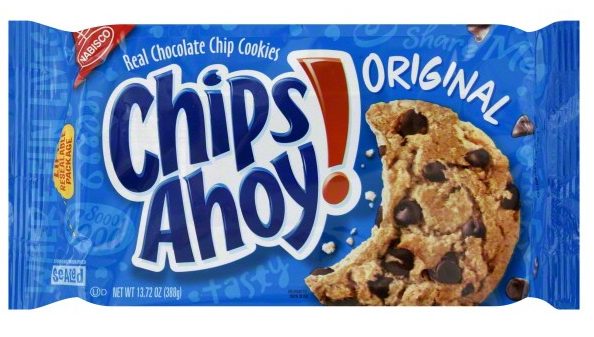
What Is It?
This is corn syrup that has been processed so that some of its glucose molecules are converted into frucose molecules. This achieves a sweeter, more stable product that is cheap to produce and incorporate into various foods such as soft drinks.
Why is it Toxic?
There is a laundry list of reasons why HFCS is not a health-promoting additive we should stop feeding kids.
- It increases cardiovascular disease risk. For example, one study of healthy adults who drank HFCS-sweetened beverages for two weeks found it boosted their risk of heart disease.
- It may worsen breast cancer tumors.
- It can increase arthritis risk. A study of 1,200 young adults who drank HFCS-sweetened beverages five times a week found that those people were three times as likely to develop rheumatoid arthritis.
- Diabetes and insulin resistance. Teenagers who drank a greater amount of fructose-rich drinks were more likely to have elevated levels of insulin resistance. Also, countries with greater access to HCFS are more likely to have Type 2 diabetes.
- Obesity. HFCS is one of the many ingredients that plays a role in obesity. Consumption of HFCS increased over 1000% between 1970 and 1990, and this article suggests, “The increased use of HFCS in the United States mirrors the rapid increase in obesity.” Also, a meta-analysis of HFCS drinks and children revealed it puts them at risk of childhood obesity.
- Kidney damage. An analysis of sugary soda consumption among adults concluded that it was associated with kidney damage.
- Fructose-containing foods and drinks can raise your risk of gout.
Let’s not forget that high-fructose corn syrup is usually derived from GMO corn – so we have the risks of genetically modified foods to add to all of the above.
Where You’ll Find It
You can consult this list for more information.
Common Foods Containing High Fructose Corn Syrup
- Beverages
- Candy
- Chocolate
- Pastries
- Dairy products
- Condiments
- Cereals
- Processed foods
- Frozen foods
Why are all of these additives allowed in our children’s food?
Government agencies and scientists label these chemicals ‘Generally Recognized As Safe’. However, like with beauty care products, our children never consume the toxins outlined above in small amounts once in awhile.
Children are constantly exposed to and offered junk foods at birthday parties, schools, sports activities, while accompanying their parents on errands to the bank or mall, on Halloween, at family events, the list goes on. We’re feeding kids all the time. They aren’t consuming these compounds in small amounts and because our children are much smaller than we are, they’re more susceptible to the deleterious effects.
This post is not meant to scare or fear-monger you, but rather to empower you to make healthy decisions that will support the wellbeing of your children and your entire family. Change isn’t easy, but as adults we make the buying decisions and choose what we give to our families.
Let’s all stop feeding kids these 5 ingredients today and create a generation of children who are vibrant, full of energy, happy and ready to live a long, healthful life.
What You Can Do when feeding kids or purchasing food
- Read labels. This is the best first step in creating awareness and realizing what’s in your food.
- Educate your kids. Explain the why behind your family’s food choices so they understand and are able to make educated decisions for themselves from a place of knowledge, rather than rebel against your nagging.
- Cook food from scratch. Want to avoid chemicals, toxins and additives? Cook food yourself! You can control what goes into it and it’s far more economical. For recipe inspiration, check out these kid-approved gluten-free snacks and these Top 20 Kid-Friendly Food Blogs.
- Get your kids involved in the process. Explain to your kids, in age-appropriate language, why you are eliminating foods and making certain food choices. Let them pick fruits and vegetables at the grocery story and get them in the kitchen to help you cook.
- Take a stand. Refuse to buy products that use harmful ingredients and write to companies explaining your position. It’s quite amazing what a group of concerned citizens can do – public outcry has contributed to many companies removing genetically-modified ingredients and additives to their products.
- Be Consistent. Though some foods may be considered treats in your home, there can also be foods that fall into the ‘never ever’ category. Be consistent with these guidelines and you’ll get better acceptance.
Further Reading
- Food additives and preschool children
- Food additives, essential nutrients and neurodevelopmental behavioural disorders in children: A brief review
- The artificial food dye blues
- Food Dyes: a rainbow of risks
- Artificial food colors and attention-deficit/hyperactivity symptoms: conclusions to dye for
- Food Mythbusters
- Campaign for Commercial-Free Childhood
- Back to School Nutrition Tips for Kids
- Talking to Your Kids About Their Health
- How to Keep Nutrition On Track When Travelling with Kids

Free Resource Library
Enjoy more than 40 downloadable guides, recipes, and resources.
Free Resource Library
Enjoy more than 40 downloadable guides, recipes, and resources.















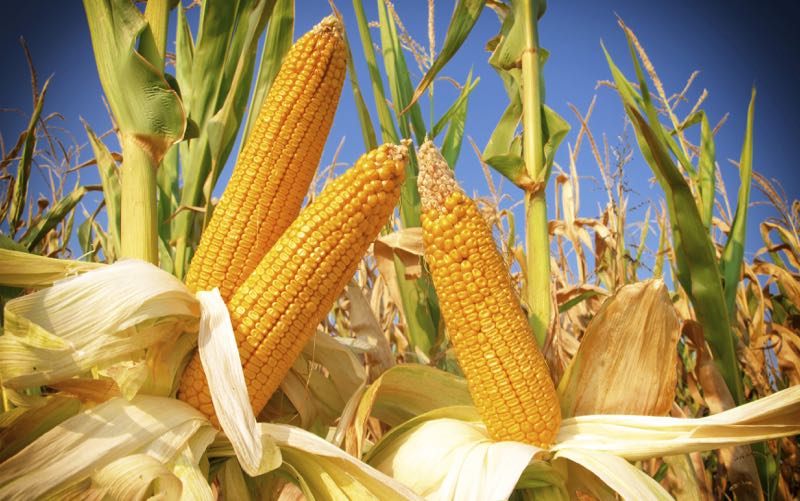

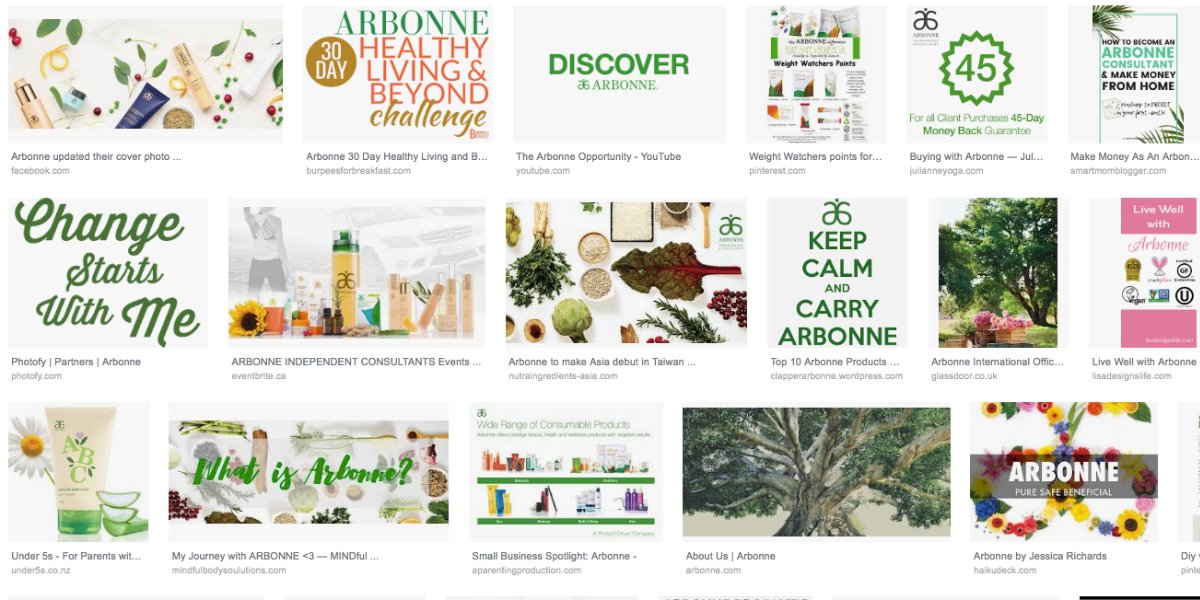



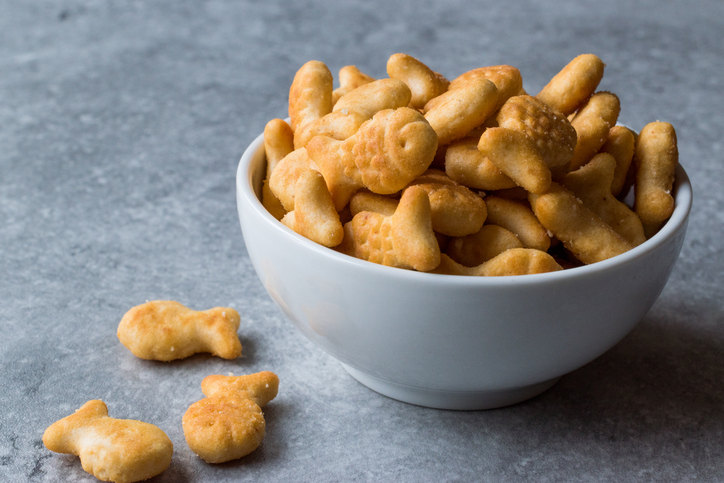

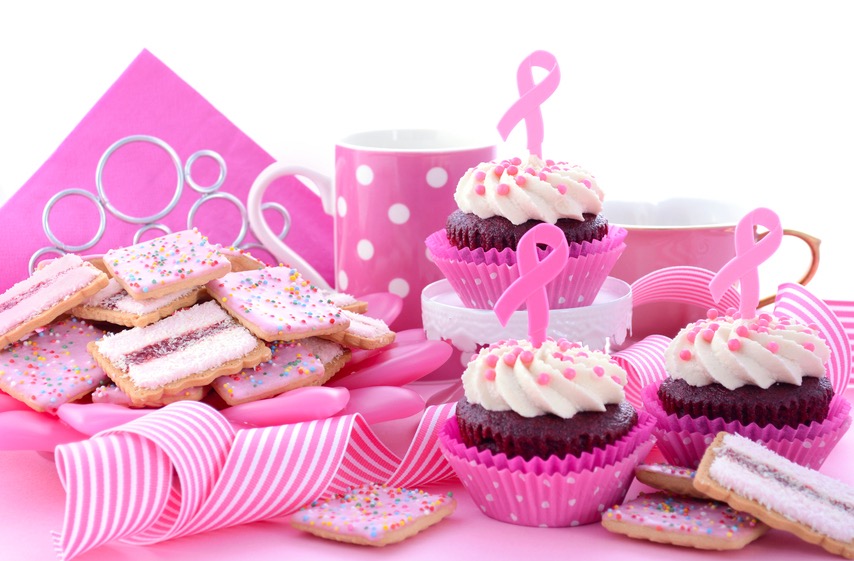
Hi Meghan,
Would you be able to help me with some good, simple and nutritious recipes for healthy toddlers. When my granddaughter comes to visit I would like to give her the best food I can make. Thank you
Hi Meghan,
I feel so strongly about this know that I have a toddler but always fear as coming across as the overprotective parent. Sometimes I’m just not sure how to approach a conversation about it without sounding too “preachy” especially with daycare. I hope that this becomes more common knowledge (I think it is) and that people start voting with their dollars and making better choices since we have so many these days.
Amazing post Meghan! Thank you so much for doing the research and helping parents like me have a concise, reliable source of information to back up our parenting choices-not just with day cares but also family members!!! This post is a must read for parents or anyone responsible for feeding children!
So what can we eat? I’m so wanting to see what a daily diet of “safe” food should look like. With snacks and meals. For every new “don’t eat this” article I need to see what can be eating by all my family, not just the little ones. Is there a website talking about “how and what” we can eat, safely?
This is truly amazing.my grand daughter needs to see this about cheese foods colours.she has a 2 1/2 year old girl which could use some help. She’s a good eater but lots of cheese items &different yougarts
What skincare products and makeup are safe to use?
Megan, I totally agree with what you say here. The chemicals you have reported on are definitely major health risks, not only for children, but also for adults. Reading labels is the first step to better health. I always tell people if you cannot pronounce the name of the ingredient, maybe you shouldn’t be eating it. Along with sucralose, these chemicals should be avoided, but so often they are hidden in the language of the ingredients. My sister says that when you go into a food store to “shop the outside aisles”. That is where the veggies and dairy and generally healthy foods are.
Thank you for this post. Is there any reason you didn’t include “hydrogenated or partially hydrogenated oils” as one of the top items to avoid?